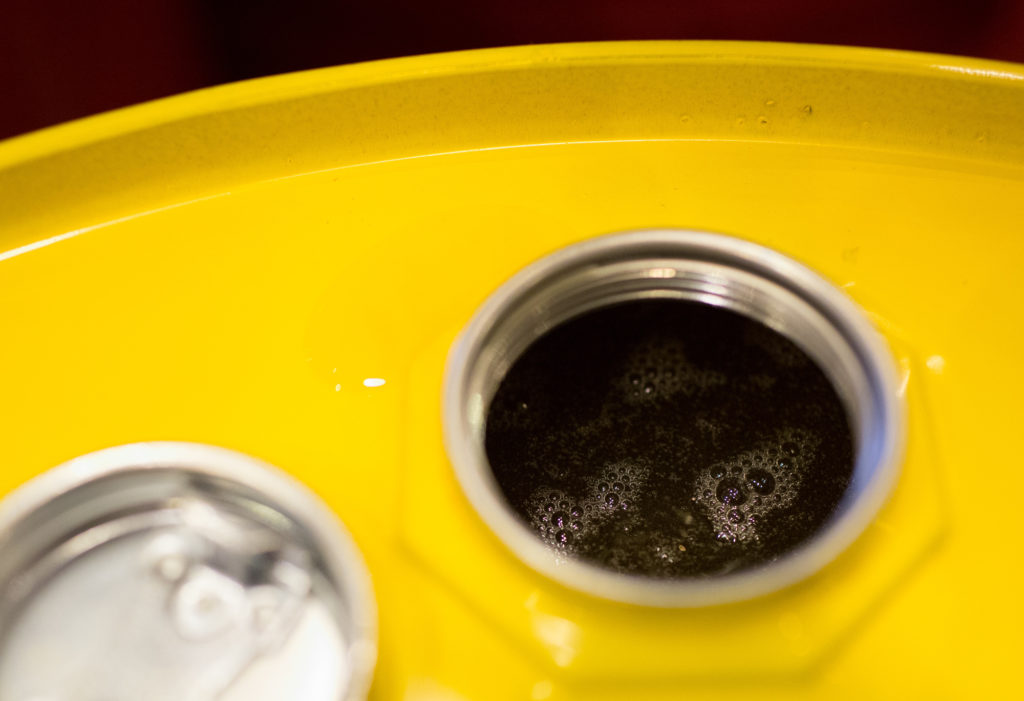
The threat of war in the Middle East is pushing oil prices higher again, capping one of the most dramatic ever weeks for crude in which 5% of the world’s supplies were cut by attacks on Saudi production facilities.
While Saudi Arabia’s efforts to restore output and assurances that the world has adequate supply have helped temper some of the unprecedented gains in the aftermath of the attacks, prices are still up almost 8% this week at almost $65 a barrel. The U.S. and Saudis say evidence points to Iran’s involvement and the threat of retaliatory action against the Islamic Republic is keeping prices elevated. Iran’s foreign minister warned that any strike would lead to“all-out war.”
The ratcheting up of instability in the world’s most important oil-producing region has raised the risk premium for oil prices, which are almost $5 a barrel higher than before last weekend’s attacks on the Saudi facilities. There’s also prevailing concern about how long it will take the kingdom to fully restore lost production, as it depletes reserves to meet supply commitments and operates without its usual buffer of spare capacity.
“The market has taken Saudi reassurances on restoration of full production by the end of this month with a grain of salt, given the estimated extent of damage at Abqaiq,” said Vandana Hari, founder and chief executive officer of Vanda Insights in Singapore. “The mounting rhetoric between the U.S. and Iran adds to the market’s nervousness but I see less than a tail risk of military conflict in the region.”
Options traders have become the most bullish on Brent crude in eight years due to concerns over security of oil supplies. The unprecedented strike and cross-accusations involving Saudi Arabia and Iran in the past week have driven up the price of one-month benchmark calls to their most expensive relative to puts since March 2011.
Brent crude for November settlement rose 33 cents, or 0.5%, to $64.73 a barrel on the ICE Futures Europe Exchange as of 12:45 p.m. in Singapore. The contract is up 7.5% this week, the biggest weekly increase since January.
West Texas Intermediate for October delivery gained 49 cents, or 0.8%, to $58.62 a barrel on the New York Mercantile Exchange. The American benchmark is on track for a 6.9% advance this week, the most gain since June.
The global benchmark crude was at a $6 premium to the U.S. marker for the same month, while the cost of prompt supplies of the London grade against later shipments increased earlier this week to the highest level since late-June.
“Given the level of uncertainty into the weekend, prices could remain skewed to the upside,” Stephen Innes, Asia-Pacific market strategist at AxiTrader, said in an emailed note.
Some of the gains in prices have also been tempered by a storm flooding the U.S. Gulf Coast, threatening to curb demand for crude. The remnants of Tropical Storm Imelda dumped more than three feet of rain on parts of the Texas coast, cutting refinery operations and shutting a key pipeline.
Recommended for you
